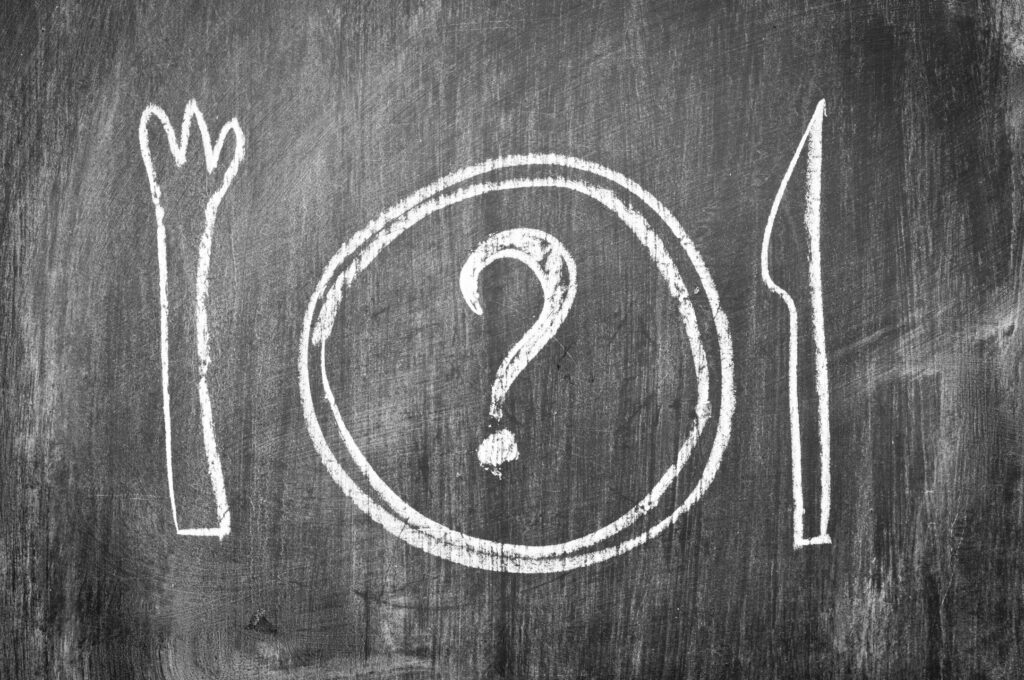Search the internet for “weight loss diet” and you’ll be inundated with about 8,240,000 results in 0.57 seconds. That’s a lot of freaking diet information to wade through. Allow me to simplify matters for you.
The dirty little secret of the diet industry is that ALL diets work, as long as they create a calorie deficit (eating less calories than your body requires to maintain your current weight). It really doesn’t matter “what” you’re eating if you’re able to control your calorie consumption.
If you’re trying to lose weight, chances are, you’ve heard of or tried Paleo, Keto, the Whole 30, or something else. If you’ve been in the weight loss game a long time, you may have tried Atkins or South Beach or Weight Watchers. Maybe you found success with your diet – for a short time, until you went back to your “normal” way of eating and gained back all of the weight you lost.
That said, the reason most diets FAIL to produce long-term weight loss results is because most diets are unsustainable. Take the “Whole 30” for instance. This popular dietary challenge requires you to eliminate all grains and sugars for thirty days. Many people report weight loss and higher energy levels on this diet, which makes sense; when you stop eating processed junk food and empty, sugary calories, you’re bound to lose weight.
But how many people can forgo grains and sugar for the rest of their lives? That means no more pasta dinners, pizza night, or freshly baked cookies. Ever. (FYI – if you’re making “Whole 30” pizza, you’re frankly missing the point.)
I’m not here to pick on the Whole 30. It’s a great elimination diet that can serve as a “reset” if you feel like you have health issues related to certain food groups. But. It is not a diet that most people can sustain long-term. As soon as you go back to eating like you used to do before the challenge, you’re going to gain back all the weight you lost.
I’m betting your weight loss goal isn’t “see how much weight I can lose in thirty days, then gain it back,” right? That means you need to find a diet you can stick to for life (or at least, the foreseeable future) so that your weight loss lasts longer than the latest diet trend. I’ve got your back. In this article, I’ll go over the three weight loss diets that actually work so that you can drop those stubborn pounds and keep them off for good.
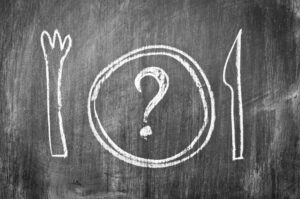
Those diets, in no particular order, are…
- “If It Fits Your Macros”
- Intermittent Fasting
- Carb Cycling
If It Fits Your Macros
“If It Fits Your Macros,” or IIFYM for short, is a diet based on counting macronutrients, and thus controlling calories. A macronutrient is simply a building block of the foods we eat; you know them as protein, carbohydrates, and fats. Since all protein and carbs have four calories per gram (4 cal/g) and all fat has 9 cal/g, you can count your macros and end up hitting a calorie target that will allow you to lose weight.
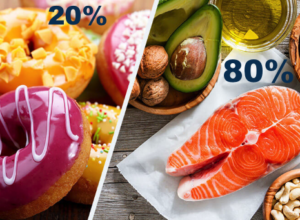 Fans of IIFYM profess that you can lose weight by eating anything you want, so long as those foods fit into your macro and calorie targets. While it’s true that calories are king when it comes to weight loss, and a high school teacher proved this to his students by losing weight on a “Twinkie diet,” you’ll probably feel like dog poop if you try to eat only sugary, processed junk foods on IIFYM. You still want to eat nutritious foods that are high in vitamins and minerals on this diet. Real, whole foods should make up about 80% of your IIFYM diet plan; the other 20% can be “fun” foods that fit your macros.
Fans of IIFYM profess that you can lose weight by eating anything you want, so long as those foods fit into your macro and calorie targets. While it’s true that calories are king when it comes to weight loss, and a high school teacher proved this to his students by losing weight on a “Twinkie diet,” you’ll probably feel like dog poop if you try to eat only sugary, processed junk foods on IIFYM. You still want to eat nutritious foods that are high in vitamins and minerals on this diet. Real, whole foods should make up about 80% of your IIFYM diet plan; the other 20% can be “fun” foods that fit your macros.
Head to THIS article to read about setting your calorie and macro targets (it will open in a new tab so you can continue reading here).
Intermittent Fasting
Intermittent Fasting, IF for short, is a style of eating in which you push back your first meal of the day to limit your “eating window,” or the time in which you consume food calories. The most common eating window is eight hours long, lasting from about noon to 8 pm. Most people simply skip breakfast and eat a “normal” lunch and dinner on an IF protocol.
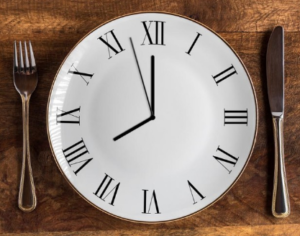 This diet works because it’s pretty dang hard to overeat when you limit the time in which you’re allowed to have food. It’s a good strategy if you’re a busy professional who works regular daytime hours and likes to enjoy a social life. Lunch and dinner tend to be enjoyed in the company of friends, family, and colleagues, unlike breakfast. Plus, skipping breakfast extends the time your body is fasting; fasting has been shown to improve biomarkers like insulin sensitivity, which is important for maintaining a lean body composition.
This diet works because it’s pretty dang hard to overeat when you limit the time in which you’re allowed to have food. It’s a good strategy if you’re a busy professional who works regular daytime hours and likes to enjoy a social life. Lunch and dinner tend to be enjoyed in the company of friends, family, and colleagues, unlike breakfast. Plus, skipping breakfast extends the time your body is fasting; fasting has been shown to improve biomarkers like insulin sensitivity, which is important for maintaining a lean body composition.
Some argue that “breakfast is the most important meal of the day,” but perhaps it’s more important how you “break your fast.” Just because you’re limiting your eating window, doesn’t mean you should feast on fast food and donuts for those eight hours. As with IIFYM, stick to mostly whole foods in reasonable quantities.
Carb Cycling
Carb cycling is probably the most technically advanced diet that works for weight loss. Think of it as IIFYM, but your macro targets change based on your training. There are a plethora of ways to cycle carbs, but I will share my preferred method with you here.
Let’s start with your training program, since carbs will fluctuate with weightlifting versus non-weightlifting days. Your program will include four weightlifting days: lower body on Monday, upper body on Tuesday, and full-body workouts on Thursday and Saturday. Note that this is a hypothetical program schedule. I’ve used it successfully with myself and my clients and have found it works well for most people. If it doesn’t work for you, switch to a 3/week full-body training split, or change the days of the week to suit your schedule.
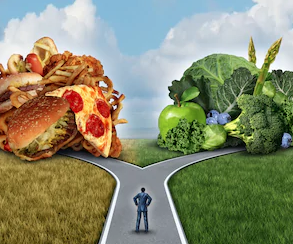 On weightlifting days, you’ll consume higher carbohydrates and less fats. On non-weightlifting days, you’ll do steady state cardio and eat low-carb and higher fat.
On weightlifting days, you’ll consume higher carbohydrates and less fats. On non-weightlifting days, you’ll do steady state cardio and eat low-carb and higher fat.
How might this play out with a 150-pound person who needs to eat 1500-1800 calories per day in order to lose weight? Check it.
Weightlifting days: 1800 total calories, 150g protein, 200g carbs, 45g fat
Non-weightlifting (cardio) days: 1500 total calories, 150g protein, 100g carbs, 55g fat
By cycling between high and low-carb days, you can hit two different calorie targets, one at the lower end of your calorie target to accelerate fat loss, and one at the higher end of your calorie target to preserve lean muscle and recover from workouts. On weightlifting days, your body is primed to use carbohydrates to refuel and repair the muscle damage incurred during your weight training session. On cardio days, you skip the carbs. This creates a one-two punch by lowering your overall calorie intake and using cardio to burn additional calories, thus increasing your deficit and facilitating weight loss.
The Common Denominator
These three diets have one thing in common. They all control energy balance, aka calories. Controlling energy balance means you have to track what you’re eating for a time. Once you get the hang of tracking, you’ll gain awareness of the calorie and nutrient content of the food you’re eating. Eventually, you may not need to track anymore.
The nice thing about each of these diets is that none of them label specific foods “off limits” – which means you can follow the diets forever, no matter where you are, what food you have access to, or the kinds of foods you enjoy eating. These diets give you the flexibility to eat most any food you want, within a framework that helps control your total calorie consumption. They’re not even really “diets,” per se, because you never have to go on/off plan.
The principles of weight loss are universal: eat less food than required for maintenance. Once you’re at your desired weight, eat exactly as much food as needed to maintain your weight and activity levels. This is a law of thermodynamics and cannot be denied. Tracking calories and macronutrients is merely a tool for controlling energy balance so that you lose the weight you want to lose.
All of the above diets WORK because they operate on this scientific principle. In a nutshell, “methods are many, principles are few.” The diet itself is just a tool. The three diets above are the best tools I’ve found to help my clients lose weight, and keep it off, without eliminating their favorite foods or sacrificing their social lives.
Pick one and try it on for 30-60 days. See if it fits. I almost guarantee you will lose the weight you’ve struggled with if you give macro tracking, intermittent fasting, or carb cycling an honest try. And it won’t be nearly as hard as the last 10-day detox or Whole 30 you tried in the past.

